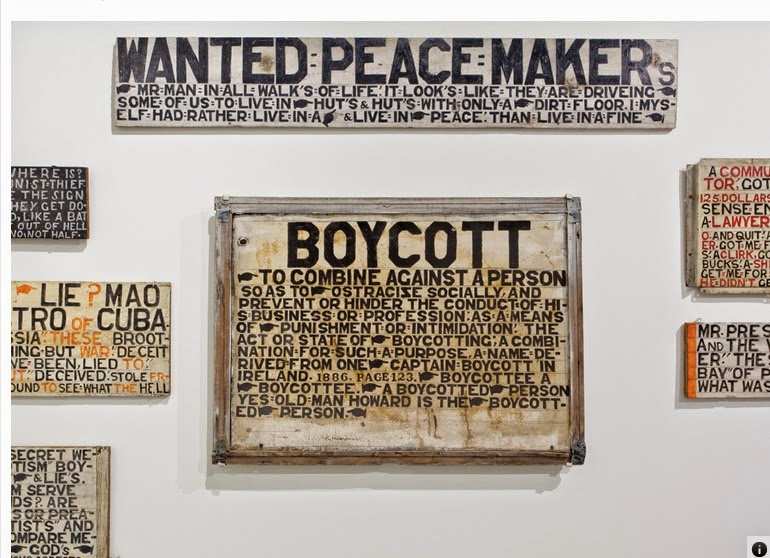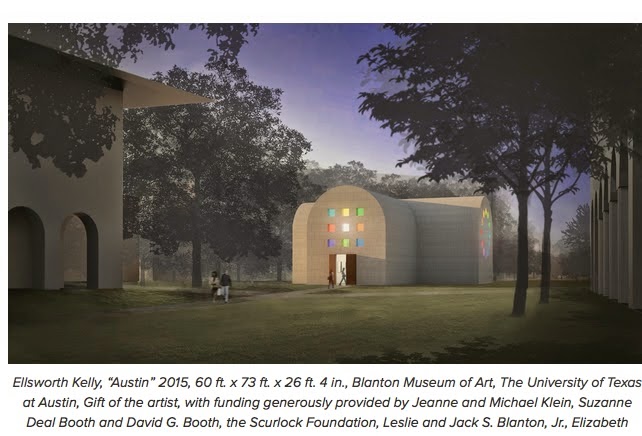INSTALLATIONS AND GEORGE ELIOTT
I need to re-read MIDDLEMARCH and troll through the mind of George Eliott; she’s tapping me on the shoulder. (How do these authors find me? I was minding my own business reading a bit of fluff when I happened to pick up an old book by Rebecca Mead, “My Life In Middlemarch,” and started thumbing through pages, stopping at passages I’d underlined years ago. And there she was - Eliott grabbing me by the shoulders for a good shake.)
To the extent that she had a faith, Eliott called it “meliorism” - the conviction that through small, beneficent actions and intentions of individuals, the world might grow to be a better place.
Eliot was not concerned with showing the effects of large, heroic acts performed by extraordinary people. She was more concerned with changing the reader’s perspective than she was in encouraging that reader to contribute to soup kitchens. Her mantra: If I really care for you - if I try to think myself into your position and orientation - then the world is bettered by that effort. If you respond to my effort by extending the same sympathy and understanding to others, then the world has been minutely but significantly changed for the better.
In the search for a life of grace, this looks like a promising path.
`````````````````````````````
INSTALLATION ART is usually inside (outside = land art, public art). It can be permanent or temporary. The creator intends to change the viewer’s perception and force the visitor to reconsider space, nature, or ideas by taking charge of a space and loading it with disparate items. The transformation can be heightened through use of smell, sound or touch and/or an invitation to visitors to participate in the experience.
Installation art became a “thing” in the 70s but actually Walt Disney knew all about this idea of skewing perceptions when he designed and built Disneyworld in 1955. I think any good garden designer or architect practices the same slight-of-hand.
Here are some photographs. The balloons billowing out of an empty building (“Family Memories”) and floating out of a basketball hoop are pieces by french photographer Charles Petillon. The “Tea House” by Judith Olson Gregory featuring walls of paper scrolls made from used tea bags was installed at Burchfield-Penney Gallery in Buffalo. My favorite all-time gardener Vinnie Massaro turned his tiny slice of city garden into a Grimm’s fairy tale setting.
Which brings me back to SANCTUARIES and the architect’s gift for creating environments. Here are two examples. Designed by Rochester architect Jim Johnson, Temple Sinai is simply transformative. Added bonus: all the altar furniture was created by Wendell Castle. The catholic church is in Naples and I’ve always called it “Our Lady of the Grapes” but it’s actually titled something much more sonorous. Those glass inserts cast in concrete walls? Standing inside the sanctuary is EXACTLY like standing inside a Christmas tree.
Johnson had some building misses but I think these two hits are enough to get him into heaven.













